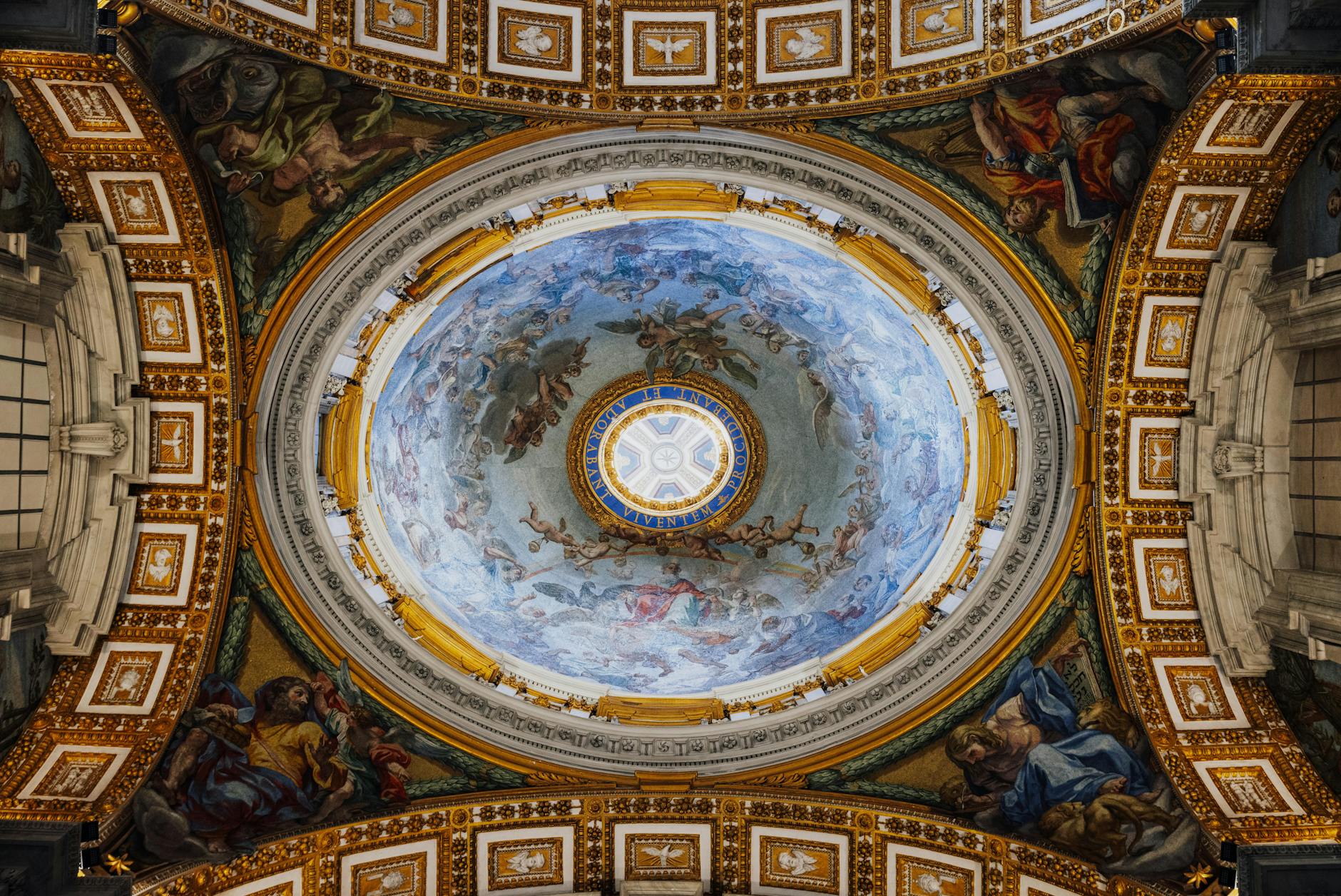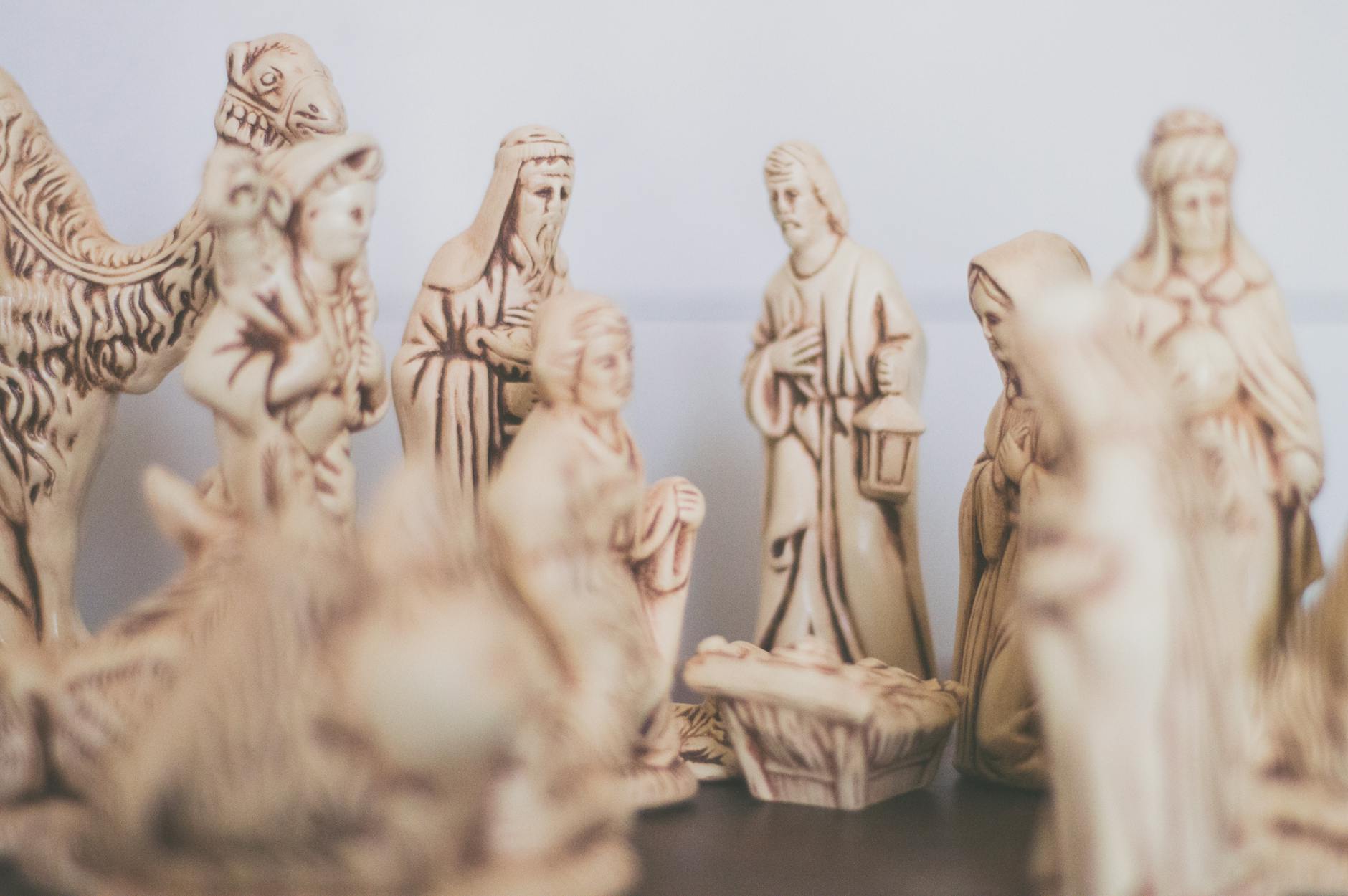A journey deep into the annals of history reveals a rich tapestry of psychedelic substances entwined intricately with human culture and spiritual practice. From ancient civilizations to the modern age, these potent compounds have played a pivotal role in shaping social customs, religious rituals, and holistic healing techniques worldwide.
Among the earliest evidence of the use of psychedelic substances are cave paintings found in the Sahara desert. Dating back to 8000 to 6000 BC, these depictions of masked, dancing figures and the Tassili ‘mushroom man’ are suggestive of the ancient use of hallucinogenic plants. This use possibly formed the basis of spiritual rituals, leading to transformative experiences and the birth of shamanism, a significant aspect of indigenous cultures.
Several ancient civilizations used vibrant substances such as peyote, ayahuasca, and magic mushrooms, deeming them as entheogens. These were not merely recreational drugs, but sacraments that unlocked doors to the divine, functioning as potent tools for healing, insight, and spiritual growth. For instance, the Eleusinian Mysteries, sacred rites in ancient Greece, are thought to have involved the use of ergot, a naturally occurring hallucinogen, to facilitate profound visions and psychological transformations.
In South America, shamanistic traditions embraced the use of ayahuasca and other hallucinogenic plants for their spiritual and medicinal properties. This deeply ingrained practice still echoes in several indigenous cultures today and has gained considerable interest in Western societies for its potential in psychological healing and personal growth. Scientific research has begun to delve deeper into understanding these complexes, their mechanisms, the therapeutic potential, and risk factors to human health.
Amidst this winding journey through history, however, one cannot ignore the dark cloud of stigma and controversy that shadowed certain psychedelic substances, leading to their prohibition and the stifling of research. The mid-twentieth century saw a surge in the recreational use of psychedelics, underscored by the countercultural movements and the coming of controversial figures like Timothy Leary, who advocated the mass consumption of LSD. This period, characterized by a frenzy of uncontrolled use and media outcry, led to misconceptions about psychedelics, severely diluting their cultural significance.
Over the years, scientific research started to re-emerge, uncovering the potential therapeutic benefits of these substances. Clinical studies have linked them to the treatment of a variety of conditions like anxiety, depression, PTSD, and addiction. LSD, for instance, was discovered in the mid-20th century and studied for its potential in psychotherapy before it was banned. More recently, psilocybin (the active ingredient in magic mushrooms) has been studied and found to induce profound, lasting transformations in mental health and well-being.
The path has been far from linear, but the discourse around psychedelics seems to be shifting again, from dangerous drugs to valuable therapeutic tools, recognized for their enormous potential in neurobiology, psychotherapy, and spiritual practice, pushing forth the need to revisit and respect their indigenous use. Modern neuroscience is beginning to unravel the complex interactions of these substances with human consciousness, possibly leading us on the brink of a psychedelic renaissance.
While the allure of psychedelic experiences is nothing new—spanning millennia and cultures—the challenge lies in integrating the wisdom of ancient and indigenous use of hallucinogens with our contemporary understanding of neurology and mental health. As we continue unearthing the vibrant mosaic of the history of psychedelics, we are learning, bit by bit, how psychedelic substances can unveil hidden realms within the human consciousness and possibly contribute to the betterment of our societal mental health landscape.
In essence, the journey into the history of psychedelics is not merely an exploration of potent substances but a study of the human race’s ceaseless quest for healing, knowledge, and transcendental experiences—a testament to our endless fascination with the depths and mysteries of the human mind. Our ancestors knew something about these substances that we are only beginning to grasp through the lens of modern science, illuminating perhaps the most compelling chapter in the history of psychedelics yet.







